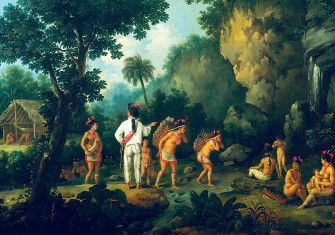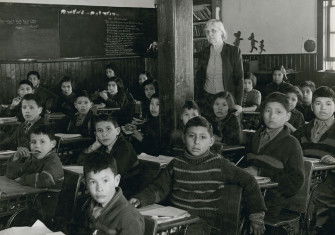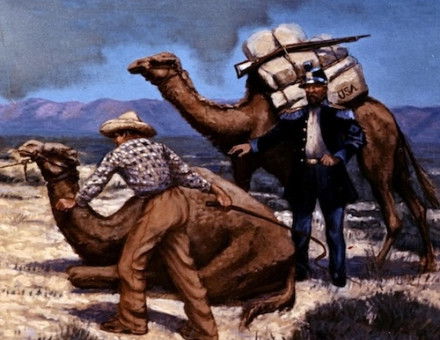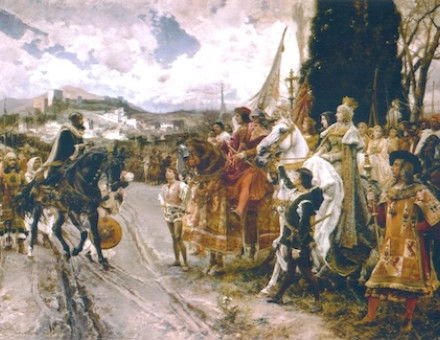Cowboy Diplomacy in the Spanish-American War
A routine Native American cattle round-up at the US-Mexico border in 1898 became an international incident.
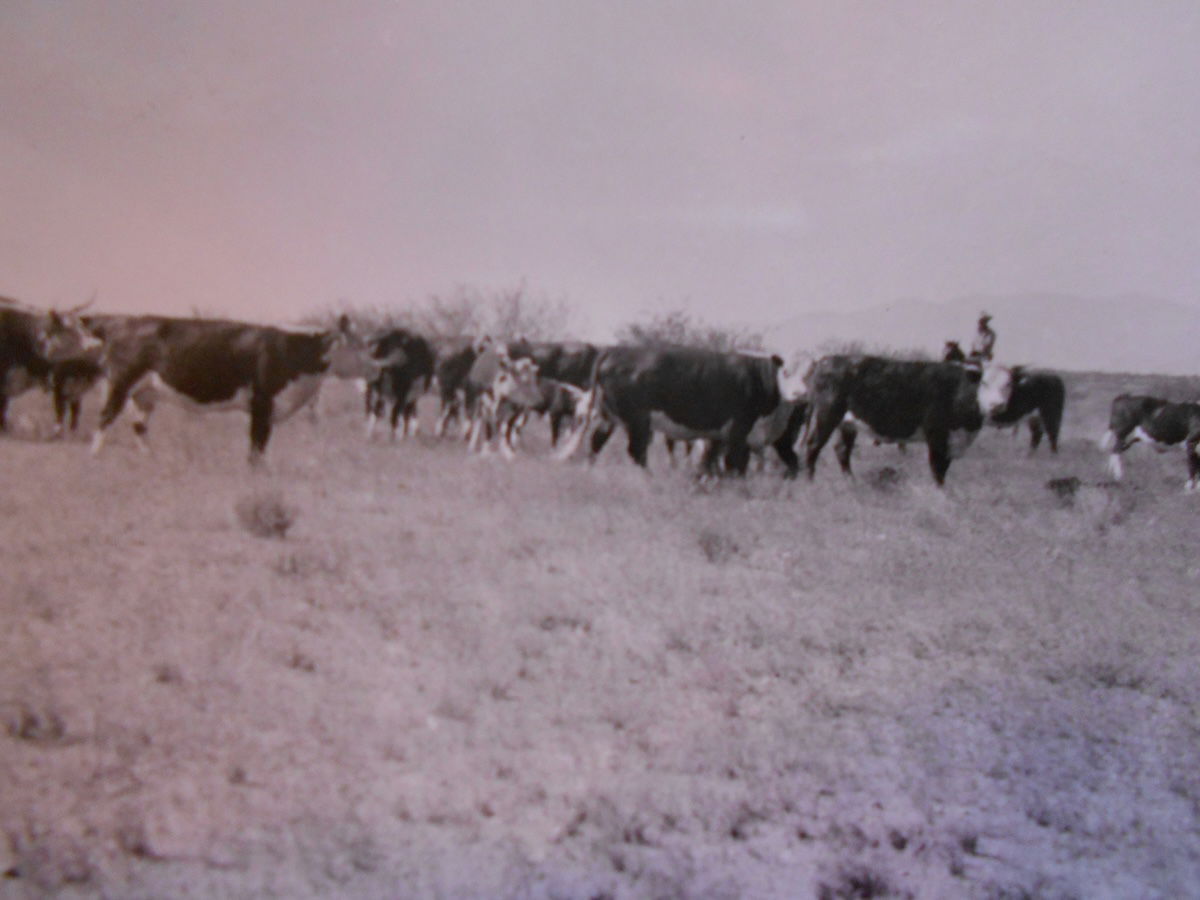
By 1898 tensions at Arizona’s border with Mexico had waned but not disappeared. The end of the Mexican-American War in 1848 had seen Mexico concede land to the US. This concession came with the promise that the US would protect Mexicans from Native American attacks; their failure to do so resulted in the border being redrawn in 1854. This new line drew the southern borders of Arizona and New Mexico across the centre of the Indigenous homeland of the Tohono O’odham (Desert People). Arizona was also home to rampant cattle rustling from both sides and, following the Apache Wars (1849-86), Anglo-Americans remained wary of any activity from Native Americans that might pose a threat.




